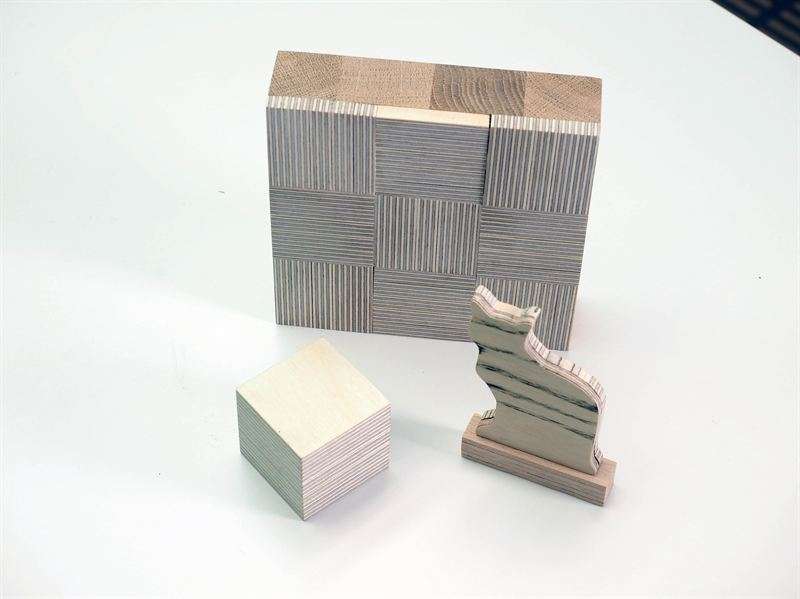Reactive lignin for reducing the environmental impacts of wood products

VTT Technical Research Centre of Finland has developed technology known as "CatLignin" to produce reactive lignin from pulp industry byproducts to be used as a replacement for toxic phenol compounds in wood adhesives widely used in wood products and furniture.
Traditionally, phenol and formaldehyde adhesives are used in wood products such as plywood, laminated veneer lumber and laminates. There is now a drive to find bio-based and safe alternatives to these oil-based, toxic and expensive adhesive components.
VTT has developed CatLignin technology for producing reactive lignin from pulp industry byproducts currently used for energy production. Due to its superior reactivity, CatLignin is an ideal replacement for phenol in phenol formaldehyde resins and could become a new, high-value product for pulp mills. In addition, the CO2 footprint of lignin is only approximately 20 percent of the footprint of phenol. Resins have a significant impact on the CO2 footprint of engineered wood products. For example in plywood, around half of the CO2 footprint is caused by resin usage. Replacing phenol with lignin also reduces formaldehyde usage. To put this in context, there are currently 6 million tons of phenol formaldehyde resins produced annually.
"The suitability of lignin for a variety of applications has been investigated for decades, but only now have we found a way to use it as a phenol substitute in significant quantities in resins. VTT's CatLignin technology represents a technological leap, offering new business opportunities to many industrial players," says Senior Scientist Hanne Wikberg.
This material brings new business opportunities for the entire value chain, from lignin producers to adhesive and wood product manufacturers and end-users, including pulp mills, wood product and laminate manufacturers and their customers and adhesive manufacturers.
"This technology is ideal for actors who want be the forerunners in bringing 100 percent bio-based engineered wood products to the market. We are actively seeking partners for the next steps in technology upscaling," says Juha Leppävuori, Senior Scientist.
The reactive lignin manufacturing technology can be integrated into pulp mills. Unlike existing technologies, the virtue of this process is the possibility to modify the lignin structure that already exists at the pulp mill. The lignin structure can be tailored and therefore optimised specifically for each application.
The CatLignin material has potential as a substitute for a wide range of fossil-based chemicals in adhesive, rubber and plastic applications. Its antioxidative properties are expected to improve weather resistance, reducing the need for fossil-based and expensive additives used today.
Provided by VTT Technical Research Centre of Finland
















